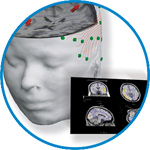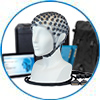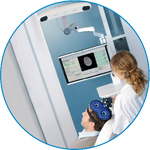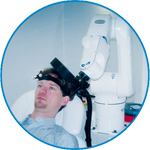- Home
- About ANT
-
Products

asa
asa is a highly flexible EEG/ERP and MEG analysis package with a variety of source reconstruction, signal analysis and MRI processing features.
.jpg)
eego mylab
The new frontier in multimodal brain research. With up to 16 kHz sampling rate, 256 EEG channels and unique software features, eego mylab gives you an unprecedented in-depth understanding of the human brain.

eego sports
eego sports offers complete freedom to collect high-density EEG data, bipolar EMG signals, and a variety of physiological sensor data, wherever and whenever required, with publish quality data in less than 15 minutes!

waveguard net
The waveguard net sets a new standard for research applications requiring high-density EEG data acquisition with quick preparation time, high flexibility, and subject comfort.

visor2
Our new and upgraded visor2 solutions integrate all the latest technologies for navigated rTMS, dual-coil navigation support, EEG-TMS recordings and pre-surgical evaluation for the highest quality in research and clinical procedures.

powerMAG ANT
The PowerMAG ANT 100 rTMS stimulator is designed for the specific needs of high-end TMS applications. Powerful high-frequency TMS as well as high precise single pulse and repetitive pulse protocols are combined in one single device.

xensor
xensor offers the solution for digitization of 3D electrode positions. xensor takes care of the whole procedure; it records, visualizes and stores positions acquired with a dedicated digitizer.

waveguard original
waveguard original is the cap solution for EEG measurements compatible with fMRI, MEG and TMS system. Use of active shielding guarantees performance in even the most demanding environments.

waveguard connect
waveguard connect EEG caps are a perfect match for hospitals and institutes aiming at reliable EEG, maximum uptime and great patient comfort! For optimal signal quality, the electrodes are made of pure, solid tin.

waveguard touch
waveguard touch is a dry electrode EEG cap. The unique Ag/AgCl coated soft polymer electrodes provide stable, research-grade EEG signals while maintaining subject comfort. The combination of these innovative dry electrodes and the industry-leading waveguard cap makes waveguard touch the best solution for dry EEG.

smartmove
smartmove allows planning of a complete TMS session ahead by defining stimulation sites based on anatomical MRI information and functional information like fMRI, PET or EEG/MEG.
Stay - References
- Support
- Events
- News
- Contact Us
You are here
Individually shaped volume conductor models of the head in EEG source localisation
Individually shaped volume conductor models of the head in EEG source localisation
Inverse solution techniques based on electroencephalograph (EEG) measurements have become a powerful means of gaining knowledge about the functioning of the brain. A model of the head and a potential computation method are necessary to describe the EEG problem mathematically. The generation of realistically shaped three-compartment models of the head is discussed. The isolated problem approach for the boundary element method is applied to develop a fast and accurate numerical solution of the EEG forward problem. Accuracy studies with this approach show that dipole positions can be reconstructed within a distance of 3 mm from the original positions. Inverse simulations indicate that the incorporation of the individual head shape may significantly influence the reconstructed dipole position but not its magnitude and orientation, in comparison with the commonly used three-sphere model. However, the presence of noise in the simulated potential data affects the solutions based on realistically shaped models more than those of the simple three-sphere model. The increased censitivity of the former models to noise in the data remains a serious drawback for their practical application to EEG source localisations.

 Read more
Read more.jpg)




